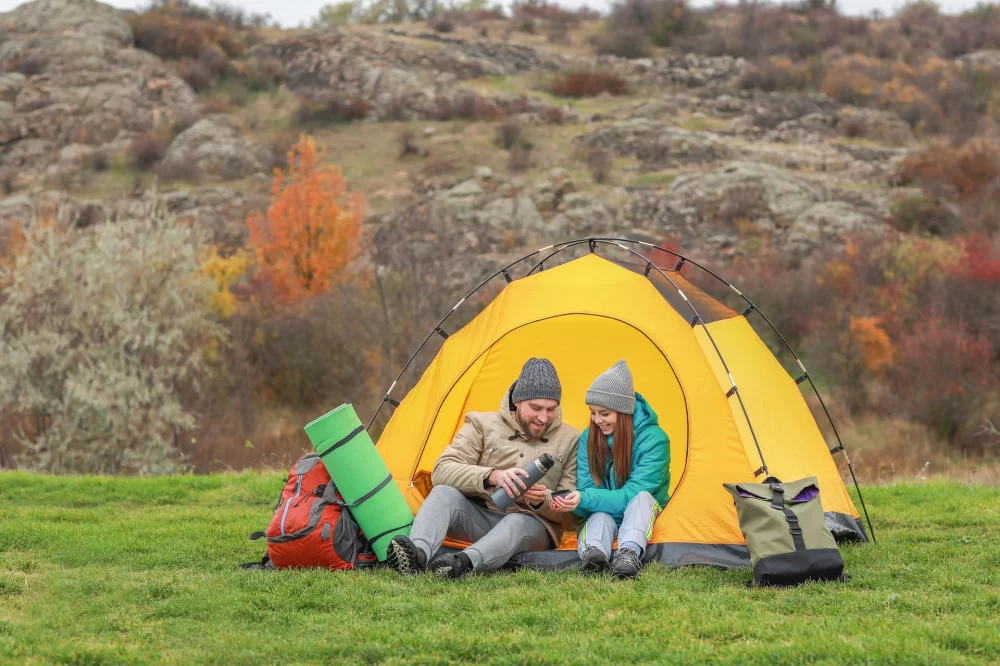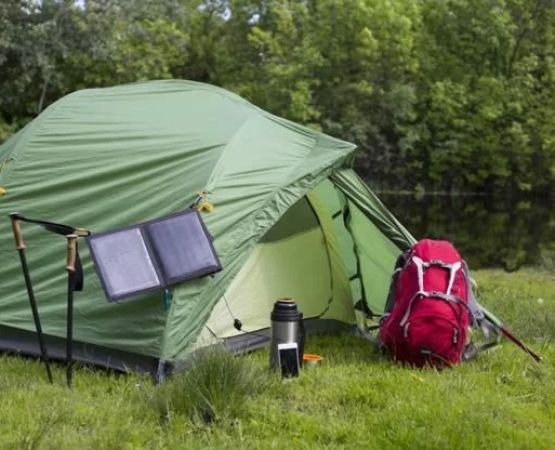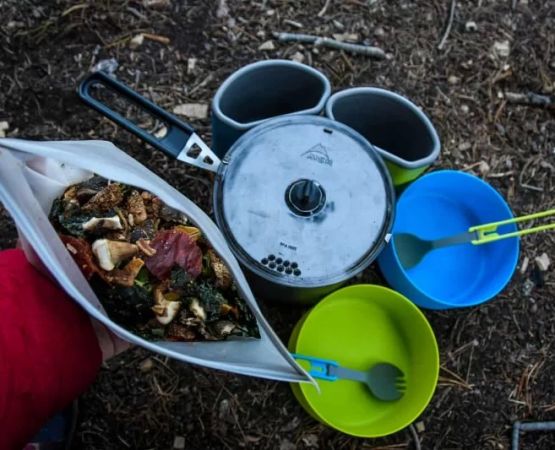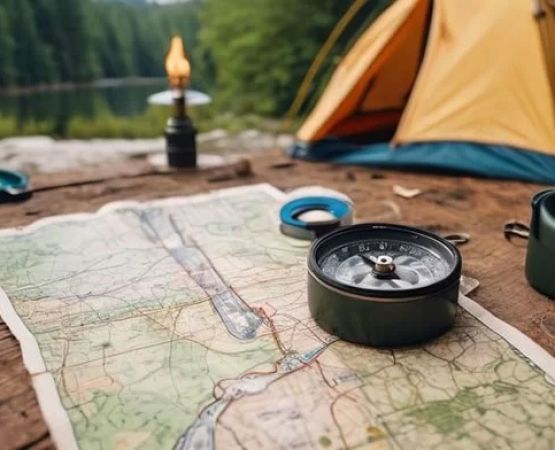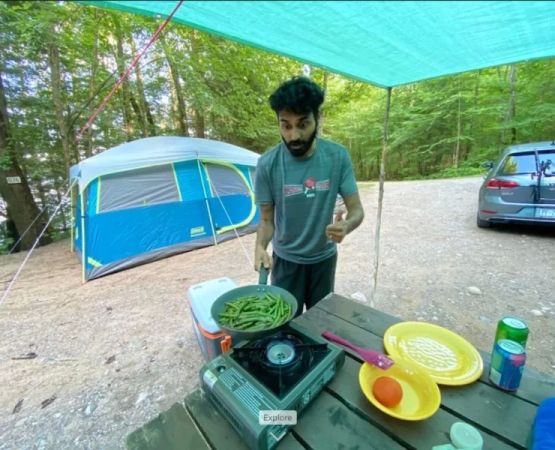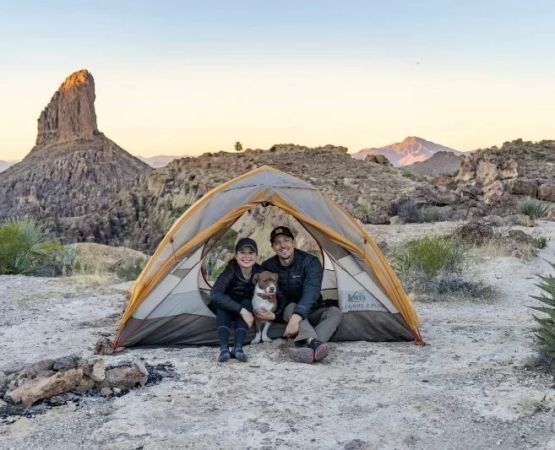Camping in Remote Areas of the US: Tips for an Unforgettable Adventure
Have you ever dreamed of escaping the hustle and bustle of daily life and venturing into the untouched wilderness of the US? Camping in remote areas offers an unparalleled opportunity to experience nature in its purest form. However, it also comes with unique challenges that you won't face in more developed campsites. Over the years, I’ve had the privilege of camping in some of the most remote areas of the country, and I’ve learned a lot along the way. If you’re planning to take on a remote camping trip, here are some essential tips I’ve gathered that will ensure a safe and enjoyable adventure.
1. Plan Ahead and Do Your Research
One of the most important steps when camping in remote areas is thorough planning. While it’s easy to think about just packing up your gear and heading out, there’s so much more to consider. First, research the area you plan to visit. I always check local maps and read about the terrain, wildlife, and weather conditions. Certain wilderness areas may have strict regulations, like needing permits, or restrictions on campfires. I remember the first time I camped in the vast, remote wilderness of the Adirondacks in New York. I was stunned by how much planning it took just to access the trails, and I had to secure a permit months in advance to reserve my spot. Make sure you’re aware of these regulations to avoid any unexpected surprises.
Also, understanding the geography and potential hazards of the area can make all the difference. I always make sure I know about any rivers or lakes nearby (for water sources or potential flooding risks) and identify the nearest exit points or evacuation routes in case something goes wrong.
2. Safety Is Key: Always Prepare for the Worst
In remote areas, you’ll be far from help, which means being prepared is absolutely crucial. One of my first lessons in wilderness survival came when I camped solo in the Sierra Nevada mountains. I had to deal with an unexpected snowstorm in late spring, and it reminded me how quickly the weather can change in the wild. I learned that no matter how prepared I thought I was, the wilderness can throw curveballs when you least expect it. To be ready for emergencies, I always carry a satellite phone or a GPS beacon that allows me to contact help if needed.
In addition to communication tools, make sure you have a comprehensive first-aid kit, including basic supplies like bandages, antiseptics, and any personal medications. I also recommend bringing a wilderness survival guide or map for the area you’re camping in. Being mentally and physically prepared for the worst-case scenario is essential in these environments.
3. Choose the Right Gear
When you’re camping in remote areas, the gear you bring becomes even more critical. With no stores nearby to restock, you must make sure your gear is reliable and appropriate for the terrain and climate. I’ve learned to never skimp on the basics: a high-quality tent, sleeping bag, and durable footwear. I personally favor a four-season tent for remote trips because it’s designed to withstand heavy winds and rain, which are often common in remote areas.
For longer trips, a portable stove and freeze-dried meals are essential. Since you’ll likely be far from any water sources, having a water purification system, such as a filter or purification tablets, is a must. I learned the hard way once when I forgot to pack my water filter and had to boil water from a questionable source. It wasn’t ideal, but I managed to make it work. It’s a good idea to bring extra fuel for your stove, especially if you’re camping for several days.
On top of the basics, I always pack extra clothing suitable for changing weather. Layering is the key! I prefer moisture-wicking clothes, especially on longer hikes, as they help regulate body temperature and prevent chafing.
4. Know How to Navigate and Stay Oriented
In remote areas, your sense of direction can easily be thrown off. I’ve been in situations where I thought I was heading toward a specific landmark, only to realize I was several miles off course. If you’re unfamiliar with the area, carry a compass, and learn how to use it before heading out. GPS units can be a huge help, but don’t rely solely on technology, as batteries can die or signals can be lost in deep forests or mountains.
Another piece of advice I can’t emphasize enough is to have a backup plan in case you get lost. It’s crucial to stick to well-marked trails if you’re not an experienced navigator. If you're venturing off-trail, consider hiring a guide to familiarize yourself with the environment, especially in regions with rugged terrain, like the remote parts of Utah’s Canyonlands.
5. Pack Light, But Pack Smart
When venturing into the wilderness, you’ll want to minimize the weight of your pack, but don’t sacrifice essentials. I’ve found that packing smart means balancing weight and function. Some lightweight gear is ideal, but I don’t skimp on tools that could save my life, like a multi-tool knife, fire starter, and an emergency blanket. A good quality backpack can distribute the weight evenly across your back, which is a game-changer on long treks.
Another tip I’ve learned over the years is to pack food that is compact, nutritious, and easy to prepare. It’s tempting to bring comfort food, but packing too much food that requires refrigeration or preparation could weigh you down. I recommend dehydrated meals and snacks like jerky, nuts, and granola bars, which are high in energy and don’t take up much space.
6. Respect the Environment and Follow Leave No Trace Principles
Camping in remote areas means you have a responsibility to preserve the beauty of nature for future generations. I always follow Leave No Trace principles, ensuring that I leave the wilderness as I found it. This includes packing out all trash, minimizing campfire impact, and staying on designated trails to avoid damaging fragile ecosystems.
In some of the most remote places I’ve camped, like the Bob Marshall Wilderness in Montana, I’ve seen the stark effects of overuse and human impact on the environment. It’s a constant reminder that we need to respect the natural world and take steps to preserve it. Always follow local regulations regarding campfires and waste disposal, and be mindful of your surroundings to avoid disturbing wildlife.
7. Embrace the Solitude and Enjoy the Experience
Finally, one of the most rewarding aspects of camping in remote areas is the solitude and peace it offers. When I camp in these places, I take the time to fully embrace the stillness. I’ve had countless moments of awe when I witnessed a sunset over a mountain range or watched a bear stroll by from the safety of my tent. These moments of connection with nature are what make remote camping truly unforgettable.
So, if you’re ready for a real wilderness adventure, don’t hesitate to explore the hidden gems of the US. With the right preparation, gear, and mindset, you can have an incredible experience that will stay with you for a lifetime.

